Class Pinopsida Scientific name Abies magnifica | Division Pinophyta Genus Abies Rank Species | |
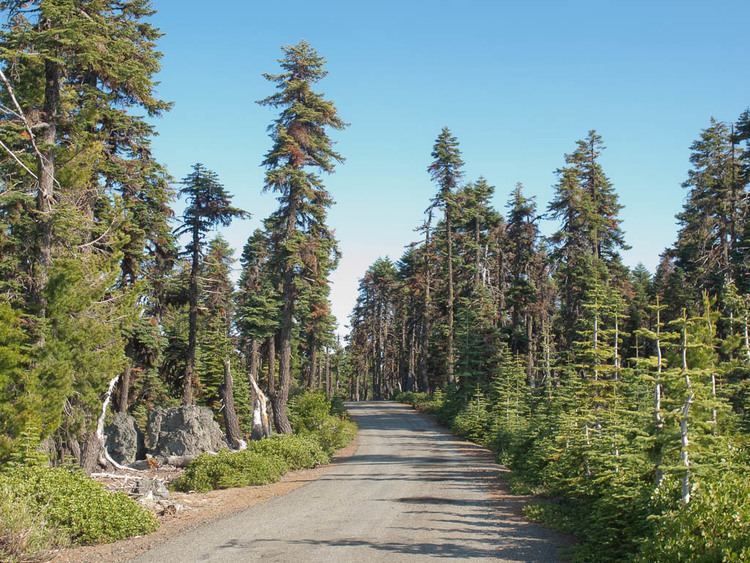 | ||
Similar Abies concolor, Abies amabilis, Abies grandis, Jeffrey pine, Noble fir | ||
Red fir california red fir abies magnificatree seeds on www myseeds co
Abies magnifica, the red fir or silvertip fir, is a western North American fir, native to the mountains of southwest Oregon and California in the United States. It is a high elevation tree, typically occurring at 1,400–2,700 metres (4,600–8,900 ft) elevation, though only rarely reaching tree line. The name red fir derives from the bark color of old trees.
Contents
- Red fir california red fir abies magnificatree seeds on www myseeds co
- Abies magnifica
- Description
- Varieties
- Related
- Discovery
- Uses
- References
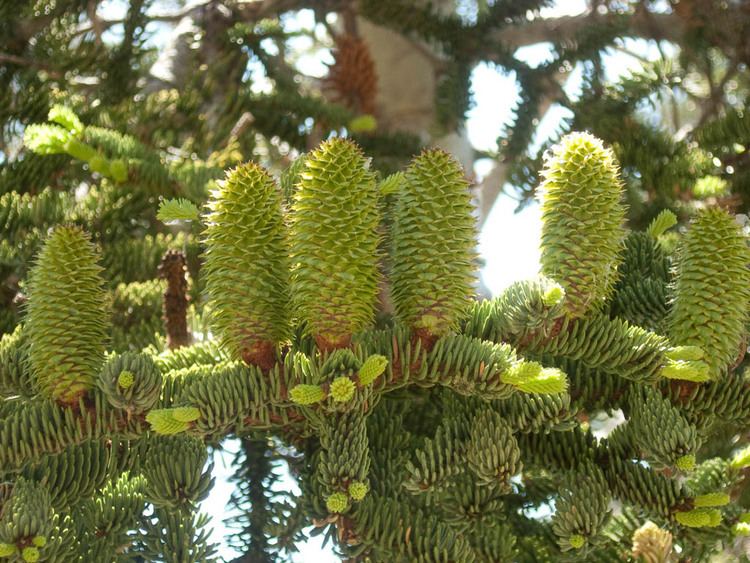
Abies magnifica
Description
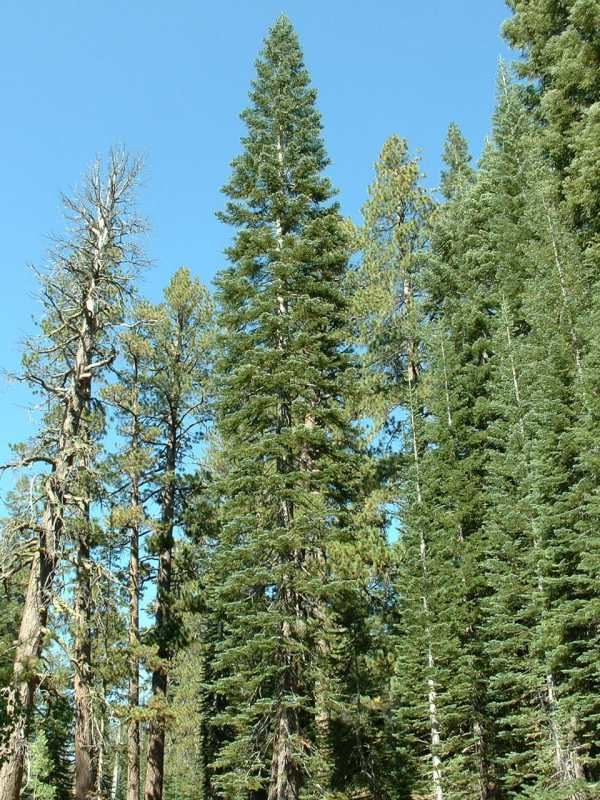
Abies magnifica is a large evergreen tree typically up to 40–60 metres (130–200 ft) tall and 2 metres (6.6 ft) trunk diameter, rarely to 76.5 metres (251 ft) tall and 3 metres (9.8 ft) diameter, with a narrow conic crown. The bark on young trees is smooth, grey, and with resin blisters, becoming orange-red, rough and fissured on old trees. The leaves are needle-like, 2-3.5 cm long, glaucous blue-green above and below with strong stomatal bands, and an acute tip. They are arranged spirally on the shoot, but twisted slightly s-shaped to be upcurved above the shoot.
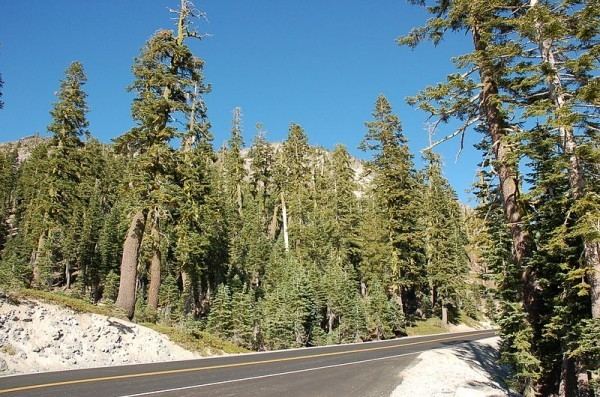
The cones are erect, 9–21 cm long, yellow-green (occasionally purple), ripening brown and disintegrating to release the winged seeds in fall.
Varieties
There are two, perhaps three varieties:
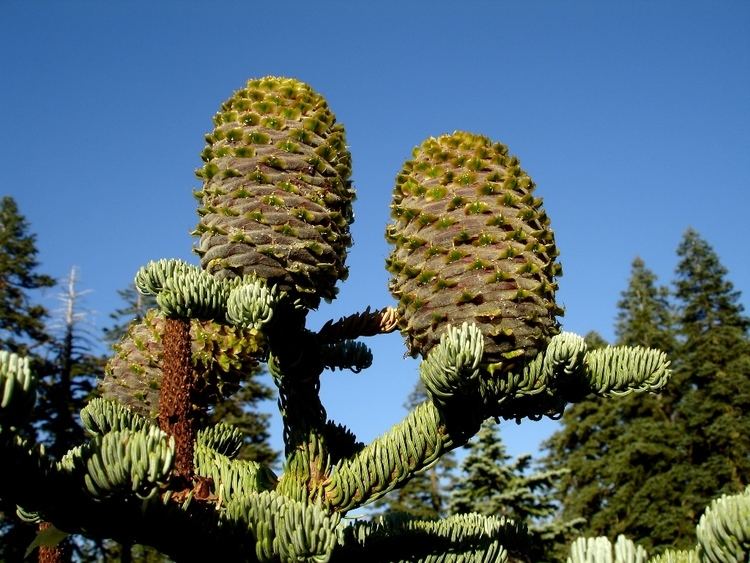
Related

Red fir is very closely related to noble fir (Abies procera), which replaces it further north in the Cascade Range. They are best distinguished by the leaves; noble fir leaves have a groove along the midrib on the upper side, while red fir does not show this. Red fir also tends to have the leaves less closely packed, with the shoot bark visible between the leaves, whereas the shoot is largely hidden in noble fir. Some botanists treat Abies magnifica var. shastensis as a natural hybrid between red fir and noble fir.
Discovery
This tree was discovered by William Lobb on his expedition to California of 1849 – 1853, having been overlooked previously by David Douglas.
Uses
The wood is used for general structural purposes and paper manufacture. It is also a popular Christmas tree.
